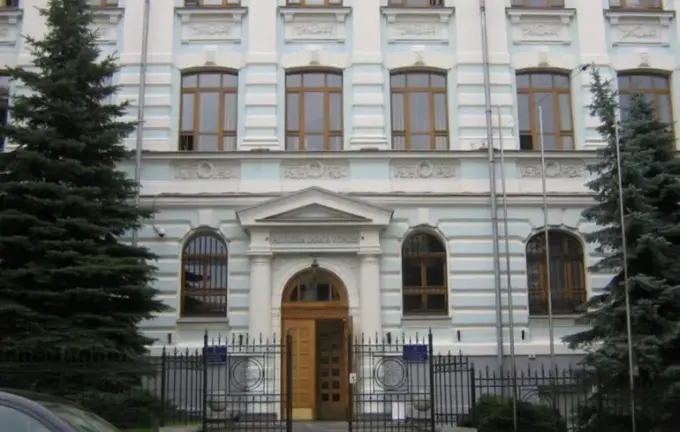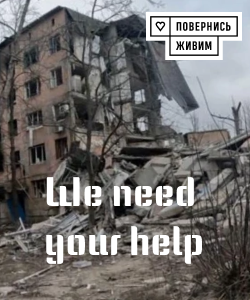Inefficiencies in Ukraine’s Energy Infrastructure Protection Programs: Unused Funds and Their Consequences

Ukraine faces significant challenges in securing its critical energy infrastructure.
According to the State Audit Office, a substantial portion of allocated funds — more than one-third — remained unspent during the implementation of an experimental project aimed at protecting the fuel and energy sector for 2023–2024.
Although over 35 billion hryvnias were initially allocated, only less than 19 billion were actually used, indicating a low level of project execution.
The main reasons for the slow progress include a negligent approach to monitoring, poor coordination, and the lack of high-quality expert support.
The project was overseen by the State Agency for Infrastructure Repair and Development, which lacked sufficient expertise in energy infrastructure protection, further hampering effective implementation.
The audit revealed that the simplified implementation model — a ‘design-build’ approach without open bidding and detailed tenders — reduced transparency, competition, and oversight.
As a result, many planned shelters and fortifications remain incomplete: less than 75% readiness for shelters from drone attacks and under 25% for anti-missile defensive structures.
Additionally, inflated project costs, unreported debt obligations, and non-transparent contract amendments were detected.
Adjustments were made to correct some of the expenses, including a reduction of 2.38 million hryvnias in overstated costs and contract price revisions totaling 27.5 million hryvnias.
Ukraine is also negotiating with the US regarding the import of liquefied natural gas (LNG) to ensure a stable heating season amid ongoing attacks on energy infrastructure caused by Russian shelling.

